Hi! That would depend on the position (a slightly more face up inversion would load this harness in the back and be safer). A properly inverted inversion would likely apply pressure through the front of the harness, where the structure is more likely to cause nerve compression. The Hip Loader harness is designed to be loaded at the thigh cuffs with less risk of nerve compression.
Shibari Study Support
Berlin, Germany
Replied on Gorgone's Hip Harness | Tutorial
Replied on Agura | Tutorial
Replied on Inside Out: Face-down
Replied on Hip Cuffs
Replied on Xana Harness | Demo
Replied on Mermaid Tie | Class
Replied on Epsilon | 'Y' Hanger


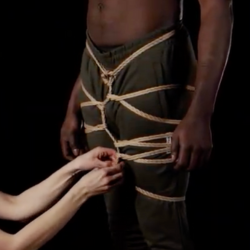
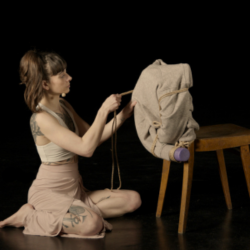
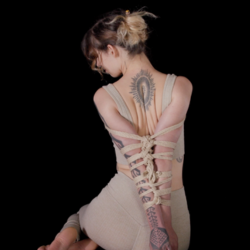
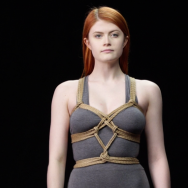
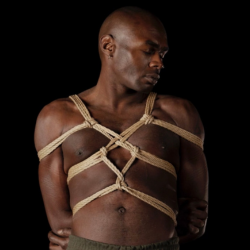
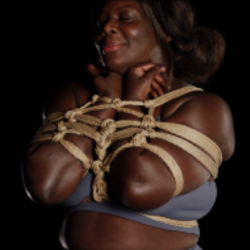
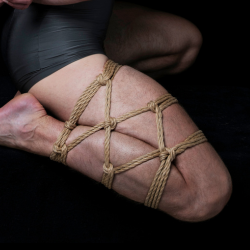
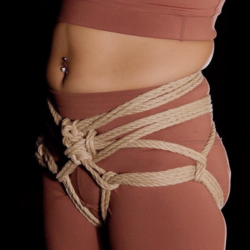
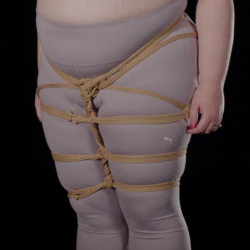
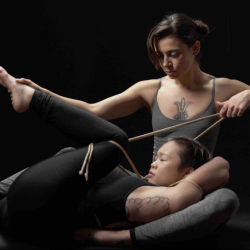

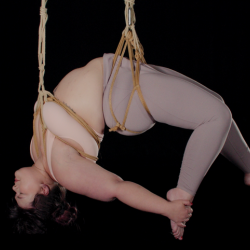
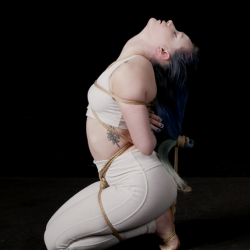
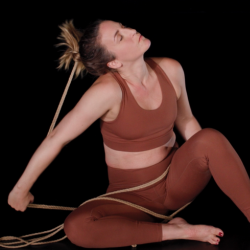

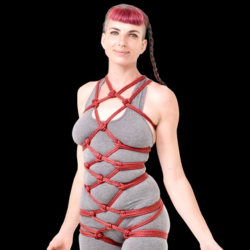



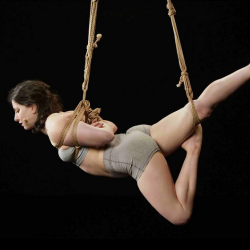
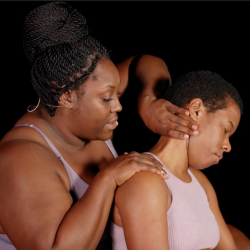
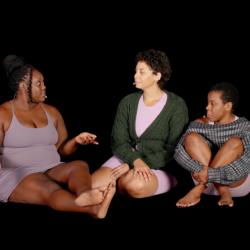


Replied on Wide-Front Hip Harness | Suspension Line
27 Mar 13:35
Hi! That would depend on the position (a slightly more face up inversion would load this harness in the back and be safer). A properly inverted inversion would likely apply pressure through the front of the harness, where the structure is more likely to cause nerve compression. The Hip Loader harness is designed to be loaded at the thigh cuffs with less risk of nerve compression.